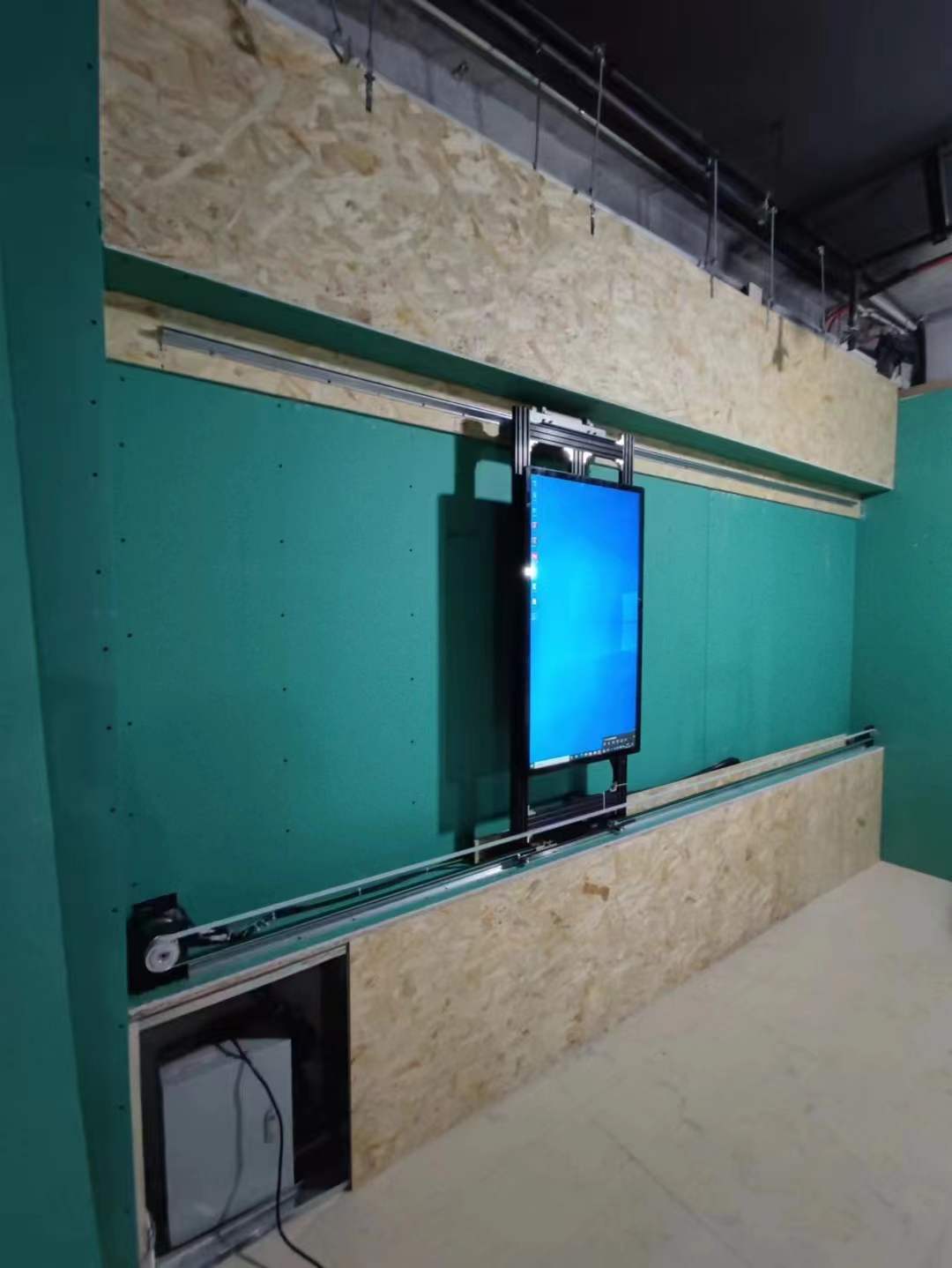Sliding Rail Screen Technology: Latest Industry News and Developments
Museum Sector Innovation
The Louvre Abu Dhabi recently completed a major upgrade to its Islamic art gallery featuring 32 sliding rail screens that automatically reposition to reveal physical artifacts while providing contextual digital information. The system, supplied by Barco, uses RFID triggers to synchronize screen movement with visitor proximity.
Retail Transformation
London's Harrods department store implemented a 75-unit Sliding Rail Screen network across its luxury handbag section. The sliding rail screens dynamically rearrange to create private viewing spaces when customers approach, then consolidate to form large format brand videos. Early results show a 28% increase in dwell time and 19% sales uplift.
Corporate Showrooms
BMW's Munich headquarters unveiled a 360-degree Sliding Rail Screeninstallation in its new technology showcase. Six 85-inch 8K displays move along curved tracks to create immersive product demonstrations, capable of forming a continuous 18-meter viewing surface when fully extended.
Sustainability Developments
Environmental concerns have driven significant innovation in sustainable sliding rail systems:
1. Energy Recovery Systems: New models from Sharp incorporate regenerative braking technology that captures kinetic energy during screen movement, reducing power consumption by up to 30%.
2. Recyclable Materials: NEC's latest EcoRail series uses 95% recycled aluminum in its tracks and 100% recyclable polymer composites for screen housings.
3. Long-Life Components: Manufacturers are now offering 100,000-cycle rated motors and 10-year warranty options on critical moving parts, addressing previous concerns about maintenance costs.
The Green Signage Initiative reports that modern sliding rail systems now consume 45% less energy than equivalent static video walls when accounting for dynamic usage patterns.
Emerging Market Trends
Several key trends are shaping the future of Sliding Rail Screen technology:
1. Hybrid Physical-Digital Interfaces: Systems that combine sliding screens with physical product displays, allowing digital content to physically align with merchandise. Microsoft's new retail concept stores showcase this approach.
2. Haptic Feedback Integration: Experimental models from Panasonic now provide subtle vibration cues when Sliding Rail Screen reach preset positions or when users interact with on-screen content.
3. Autonomous Mobile Units: Prototypes from Sony feature motorized bases that allow entire sliding rail systems to reposition themselves within spaces based on crowd density analytics.
4. 5G-Enabled Edge Computing: Reduced latency allows for real-time content adjustments based on sliding position, enabling more sophisticated interactive experiences.
5. Transparent OLED Combinations: LG's latest trade show demonstrations pair sliding rail mechanisms with transparent OLED panels that can switch between opaque and see-through states.
Regulatory and Standardization Updates
The International Digital Signage Association (IDSA) recently published version 3.0 of its Sliding Rail Display Standards, addressing:
- Safety requirements for public spaces (including emergency stop protocols)
- Maximum speed and acceleration limits
- Accessibility guidelines for visually impaired users
- Standardized mounting and interface specifications

